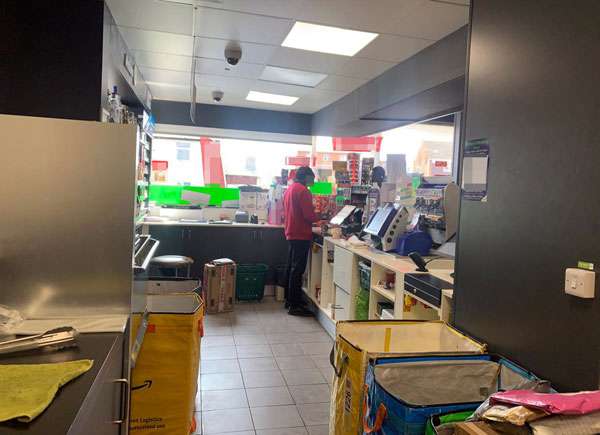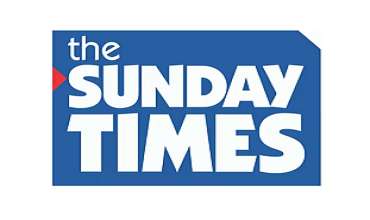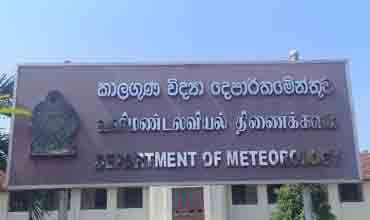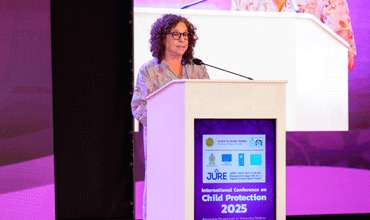Foreign inflows from loans, declining foreign remittances from workers and continued rise in tea prices were among the features of Sri Lanka’s economic performance in the six months ending June 2017, the Central Bank (CB) said last week.
Also encouraging was that foreign direct investment inflow saw an improvement by 13.2 per cent at $146.5 million.
Releasing its ‘external sector performance – June 2017’ on Friday, the banking regulator, among the key highlights, said earnings from tourism grew by 4.8 per cent to US$1,733.6 million for the period January to June 2017 and long term loans’ inflows rose sharply by 113.4 per cent to $1,110.5 million from $520.3 million (last year January-June).
Workers’ remittances eased by 7.2 per cent at $3,354.7 million compared to $3,613.1 million as the West Asia oil crisis exacerbated by the crisis in Qatar continued to bite into earnings capacity and pressure on jobs, while the Colombo Stock Exchange saw some welcome changes, recording an inflow of $229.3 million compared to an outflow of $40.9 million in the same period last year.
The CB said the country’s overall balance of payments position is estimated to have recorded a surplus of $1,563.4 million during the first half of 2017 compared a deficit of $1,186.1 million in the same 2016 period.
Gross official reserves rose to $7 billion by end June 2017 with the proceeds from the International Sovereign Bonds (ISB) issuance and the syndicated loan facility. The reserves were equivalent to 4.1 months of imports while total foreign assets at $9.1 billion were equivalent to 5.3 months of imports. – ENDS-
You can share this post!
Content


The final rites of veteran broadcaster, writer, and lyricist Nirmala de Alwis will be held today at Peradeniya.







Leave Comments